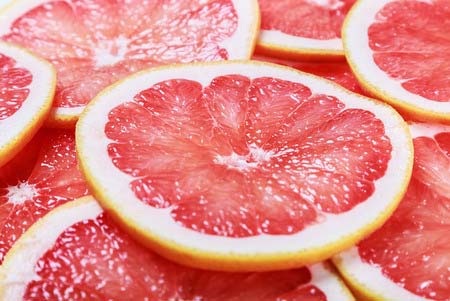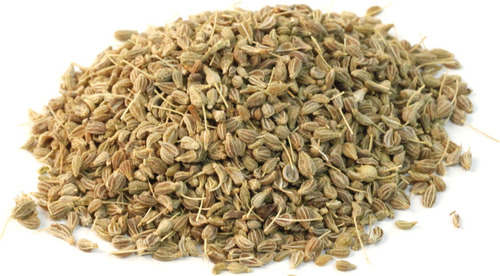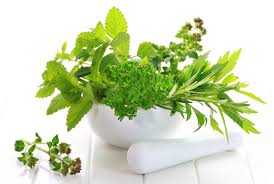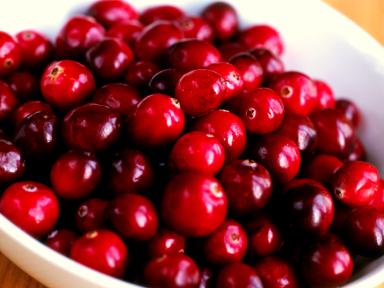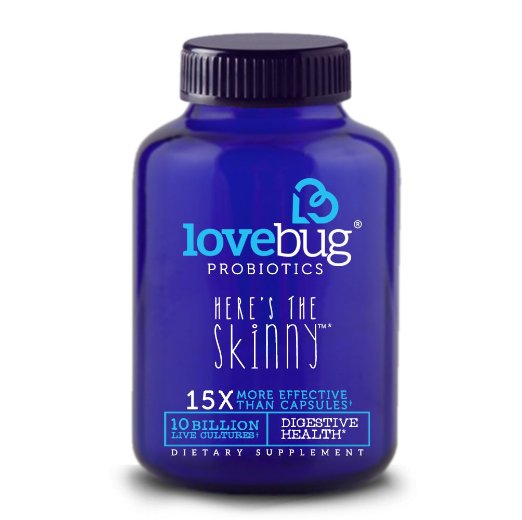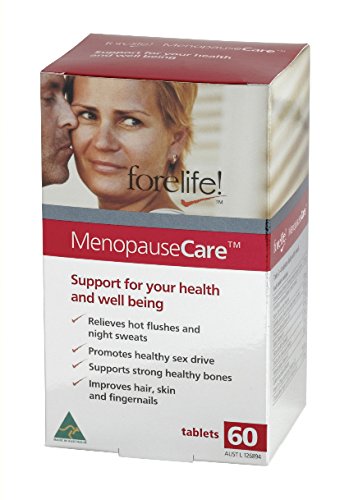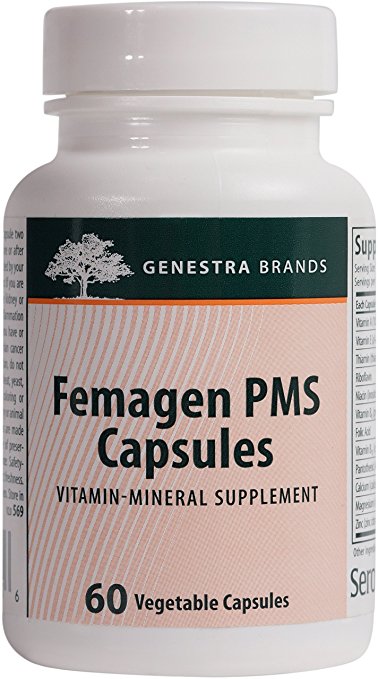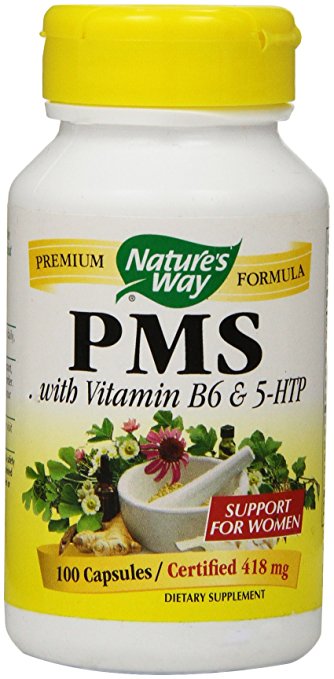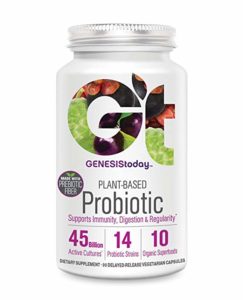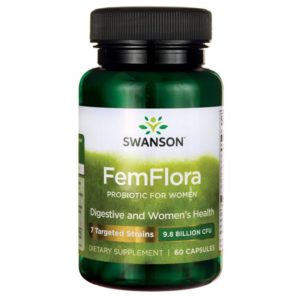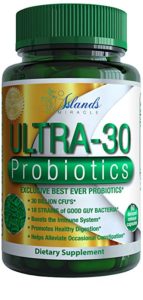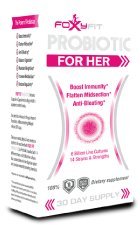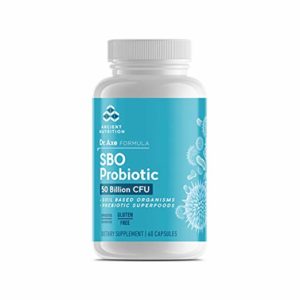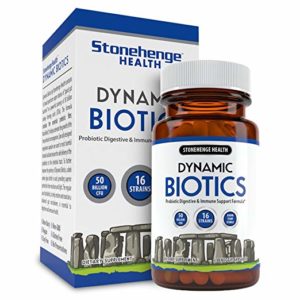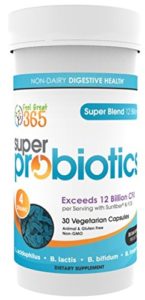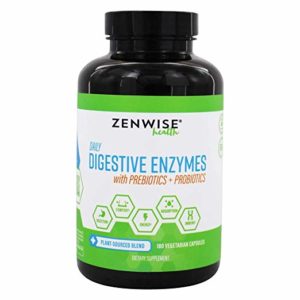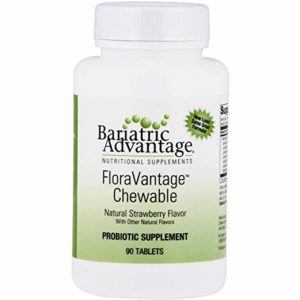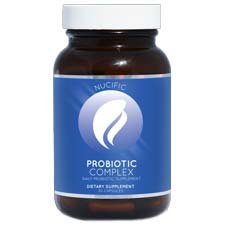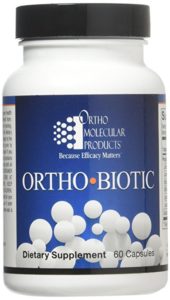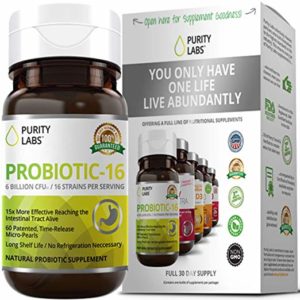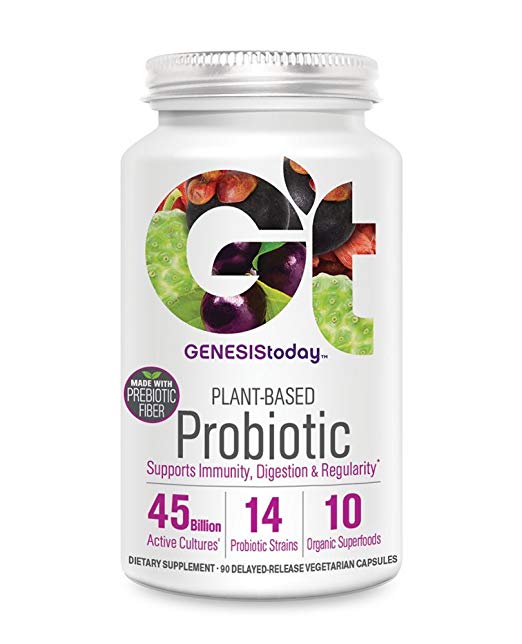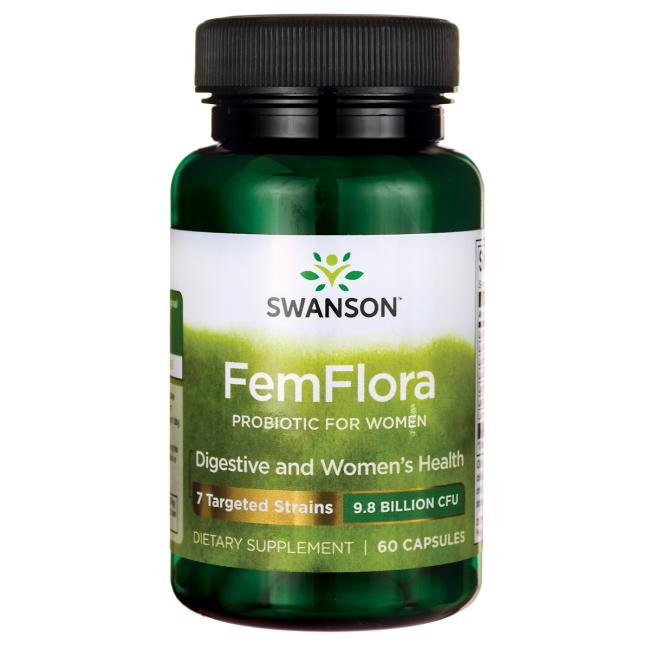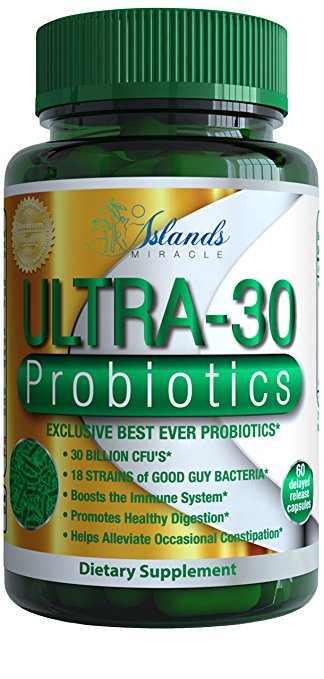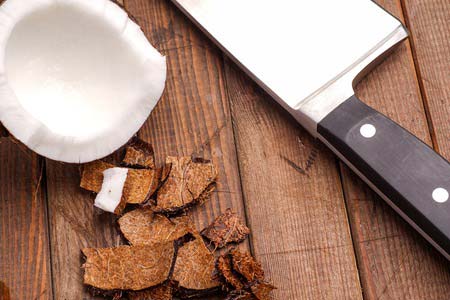
Feminine Issues?
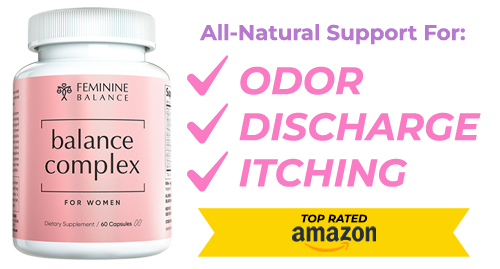
The only All-Natural Product for:
- Feminine Issues
- Vaginal Odor
- Vaginal Itching
- Vaginal Discharge
Start Seeing A Difference Within a Few Days of Taking it!
WHAT'S THE PROOF?
Out of the tens of thousands of women that have tried Balance Complex, over 700 have been so impressed by the results, that they have voiced their results in the form of reviews for the product on Amazon, the world most TRUSTED online marketplace.
Below are just a few of the reviews of Balance Complex on Amazon:

"I have been looking for a probiotic to help with my feminine issues and this has done the trick!I have already recommended to other friends!" *

"I loved it. Just knowing that I was taking care of any problems that might occur that we as females go through gave me a piece of mind." *

"I was surprised it worked as fast as it did. Very Effective & Natural. I take one at night and one in the afternoon. And I feel so much better." *
Every order of Balance Complex on Amazon is backed by Amazon’s 100% money back satisfaction guarantee.
Try it for up to 90 days and if you aren't thrilled with the results, just notify Amazon and they will give you a full refund.

3 Home Remedies For Yeast Infection
A vaginal yeast infection (vaginal candidiasis) is caused by an overgrowth of a fungus that naturally lives in your vagina, called Candida albicans. This overgrowth triggers irritation, inflammation, itching, and painful discharge. Most women experience a yeast infection sometime during their lifetime.
If this is your first time experiencing the symptoms of a yeast infection, you should visit a gynecologist to verify that you actually have a yeast infection. But if you have recurring yeast infections, or if you simply don’t want to go the prescription route with an antifungal cream, there are other ways to try to treat a yeast infection.
Some of these remedies use ingredients that you might already have in your home. Their effectiveness varies, and evidence for their success is mostly anecdotal. Keep reading to find out about some popular home remedies for yeast infections.
Greek Yogurt For Vaginal Yeast Infection-
A recent study found that some probiotics can be effective against C. albicans, also known as vaginal yeast infection. Yogurt can be considered a probiotic because it contains live bacteria, such as Lactobacillus acidophilus. These bacteria are essential to creating a healthy environment in your vagina. They can help treat an overgrowth caused by an imbalance. Plain Greek yogurt is the best kind to use for this home remedy. Make sure that the yogurt doesn’t contain added sugar, which fuels growth of the Candida fungus.
Boric Acid For Vaginal Yeast Infection-
Boric acid is a powerful antiseptic that some women claim is useful for treating yeast infections that are resistant to other remedies. According to a 2009 study, topical boric acid showed encouraging results as a treatment for vaginal infections. Some health websites claim boric acid vaginal suppositories may also be effective in treating vaginal yeast infections.
Boric acid is toxic in large amounts. It can lead to kidney damage, acute failure of the circulatory system, or death if you absorb enough of it. To avoid this, don’t use boric acid on broken skin and don’t take it orally. If you’re pregnant, you should not use boric acid in any form. Always mix boric acid with water before applying it to your vagina or vulva area.
Coconut Oil For Vaginal Yeast Infection-
Coconut oil is a fatty oil derived from the flesh of the coconut. The oil has many health benefits, including antifungal properties. Studies have shown that coconut oil is effective against C. albicans, making this home remedy one of the few with strong evidence that it actually works. To treat a vaginal yeast infection using coconut oil, be sure to buy pure, organic coconut oil. You can apply the oil directly to the affected area.
Review Overview
5.1 OVERALL SCORE
Feminine Issues?

The only All-Natural Product for:
- Feminine Issues
- Vaginal Odor
- Vaginal Itching
- Vaginal Discharge
Start Seeing A Difference Within a Few Days of Taking it!
WHAT'S THE PROOF?
Out of the tens of thousands of women that have tried Balance Complex, over 700 have been so impressed by the results, that they have voiced their results in the form of reviews for the product on Amazon, the world most TRUSTED online marketplace.
Below are just a few of the reviews of Balance Complex on Amazon:

"I have been looking for a probiotic to help with my feminine issues and this has done the trick!I have already recommended to other friends!" *

"I loved it. Just knowing that I was taking care of any problems that might occur that we as females go through gave me a piece of mind." *

"I was surprised it worked as fast as it did. Very Effective & Natural. I take one at night and one in the afternoon. And I feel so much better." *
Every order of Balance Complex on Amazon is backed by Amazon’s 100% money back satisfaction guarantee.
Try it for up to 90 days and if you aren't thrilled with the results, just notify Amazon and they will give you a full refund.
Recent Tests
Categories
- General Health
- Feminine Guides
- Ingredient Guides
- Product Reviews
- Bacterial Vaginosis Products
- Candida Products
- Menopause Products
- UTI Products
- Yeast Infection Products
About Us

FeminineHealthReviews is dedicated in bringing you the top unbiased editorial reviews and ratings for natural products and supplements, along with specs, user reviews, supplement facts and more.
These statements have not been evaluated by the Food and Drug Administration. This product is not intended to diagnose, treat, cure or prevent any disease.
*Results may vary. If you are pregnant, nursing, have a serious medical condition, or have a history of heart conditions we suggest consulting with a physician before using any supplement. The information contained in this website is provided for general informational purposes only. It is not intended to diagnose, treat*, cure, or prevent any disease and should not be relied upon as medical advice. Always consult your doctor before using any supplements. Disclosure of Material Connection: Some of the links in the post above are "associate sales links." This means if you click on the link and purchase an item, we will receive a commission. Regardless, we only recommend products or services which we use personally and/or believe will add value to our readers. We are disclosing this in accordance with the Federal Trade Commission’s 16 CFR, Part 255: "Guides Concerning the Use of Endorsements and Testimonials." Disclaimer: © 2025 All Rights Reserved. The information provided on this site is intended for your general knowledge only and is not a substitute for professional medical advice or treatment for specific medical conditions. You should not use this information to diagnose or treat* a health problem or disease without consulting with a qualified healthcare provider. Please consult your healthcare provider with any questions or concerns you may have regarding your condition.Your use of this website indicates your agreement to this websites published terms of use and all site policies. All trademarks, registered trademarks and service-marks mentioned on this site are the property of their respective owners.





